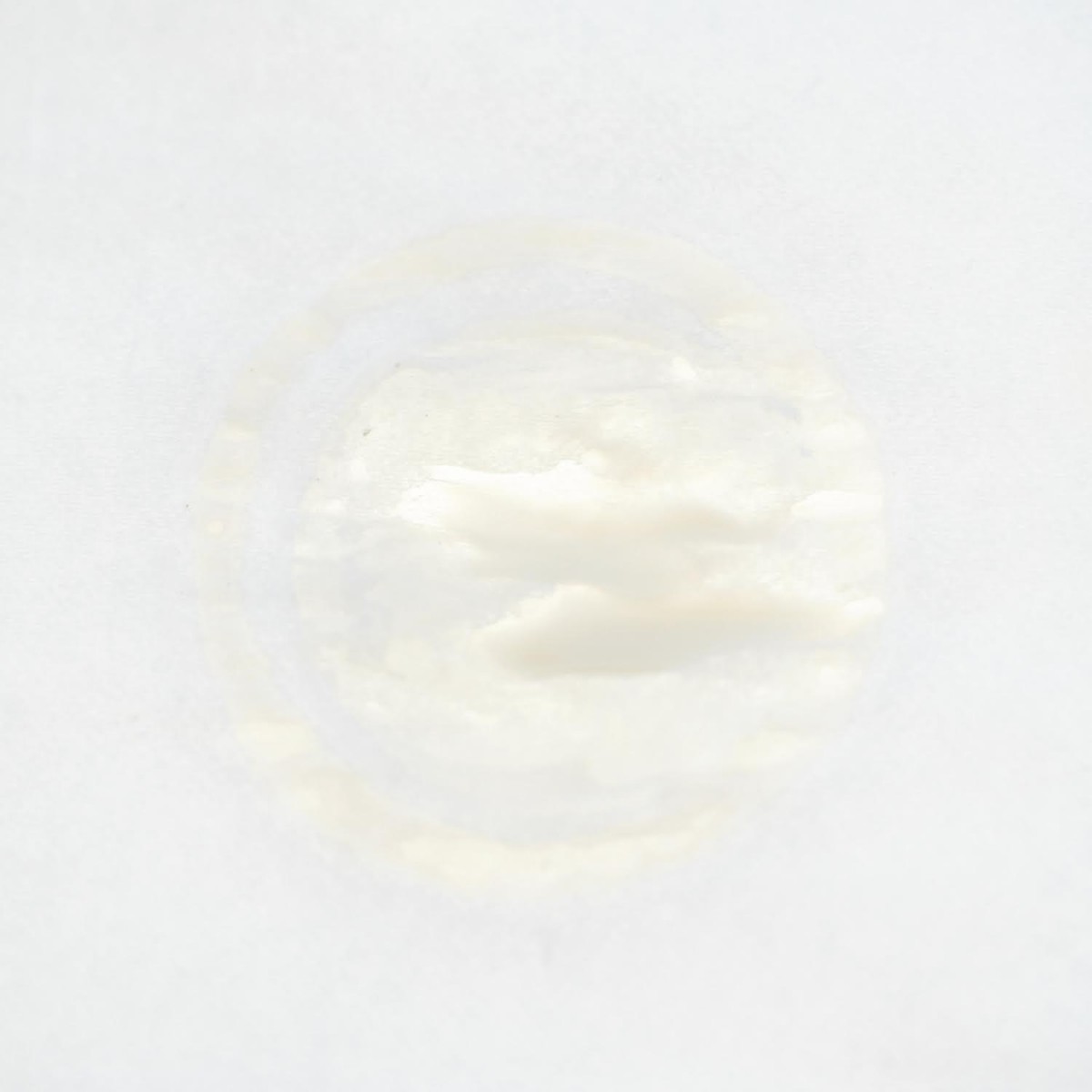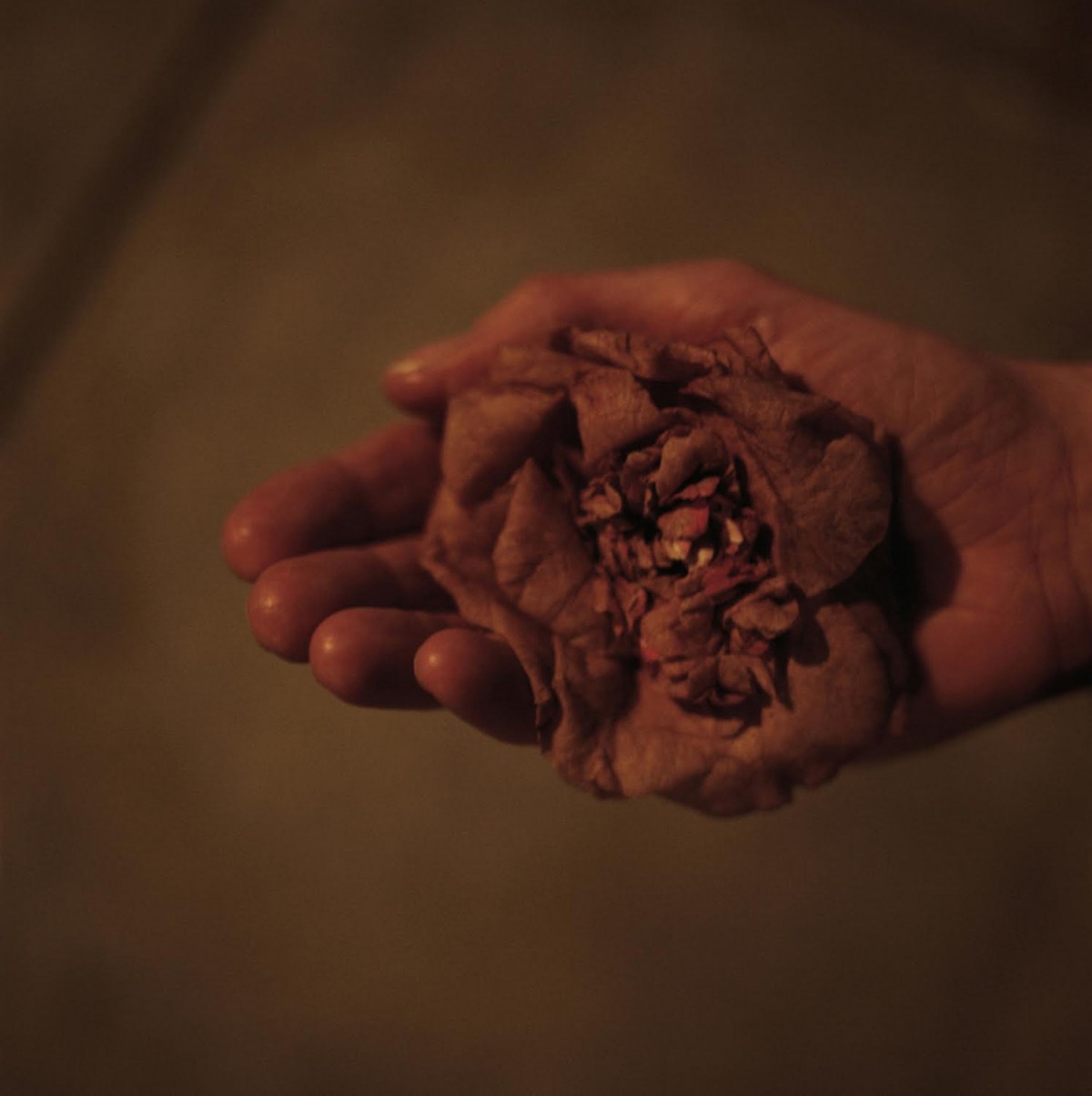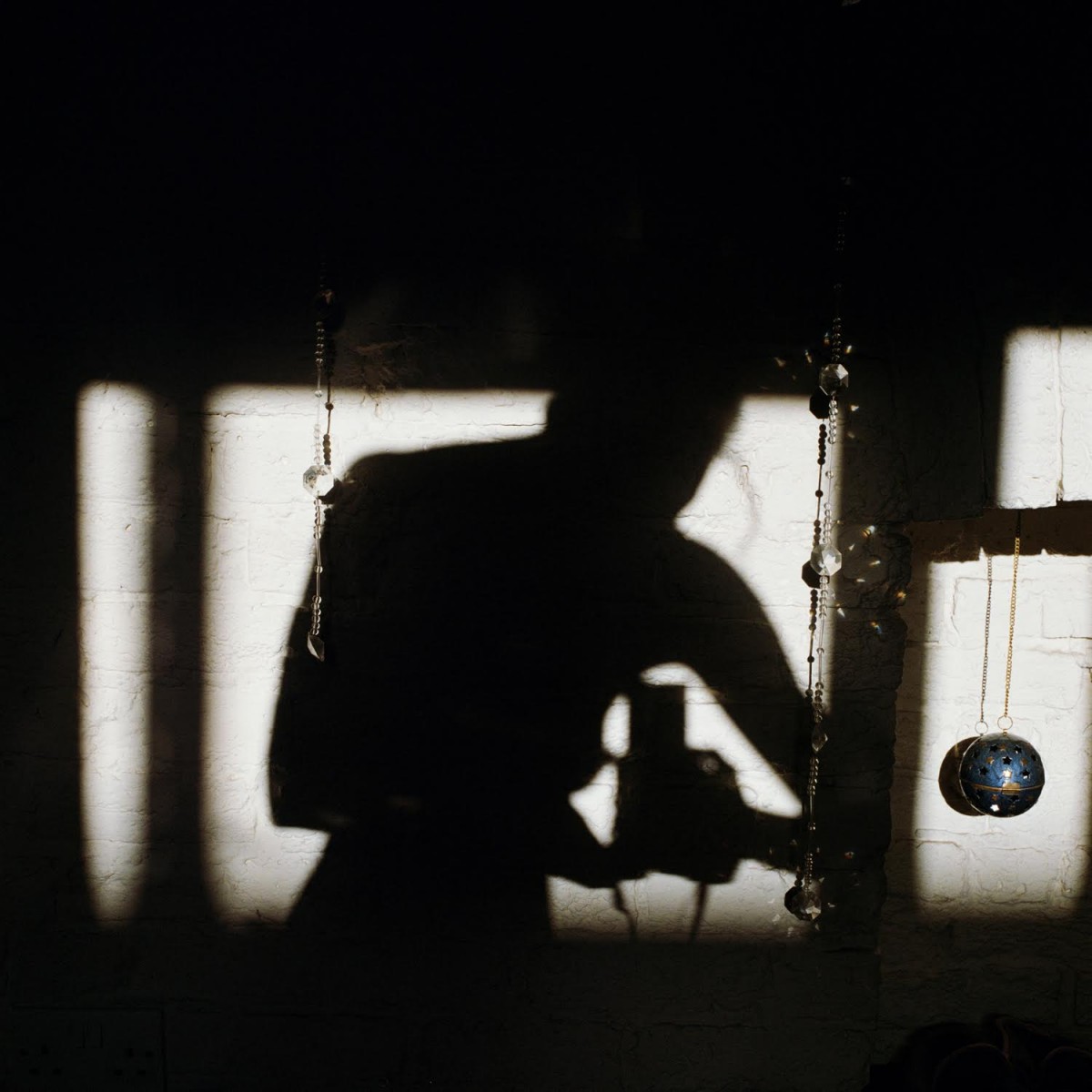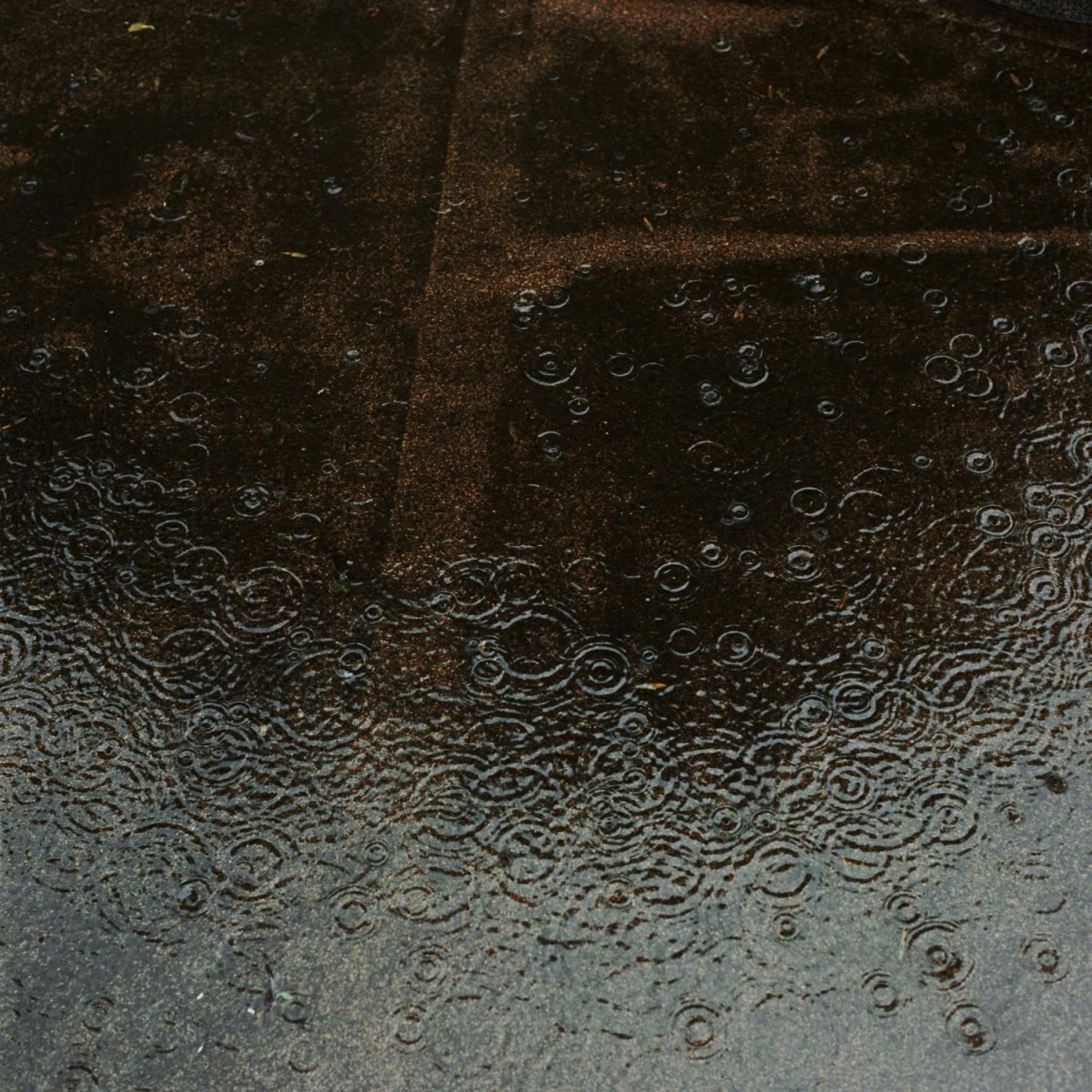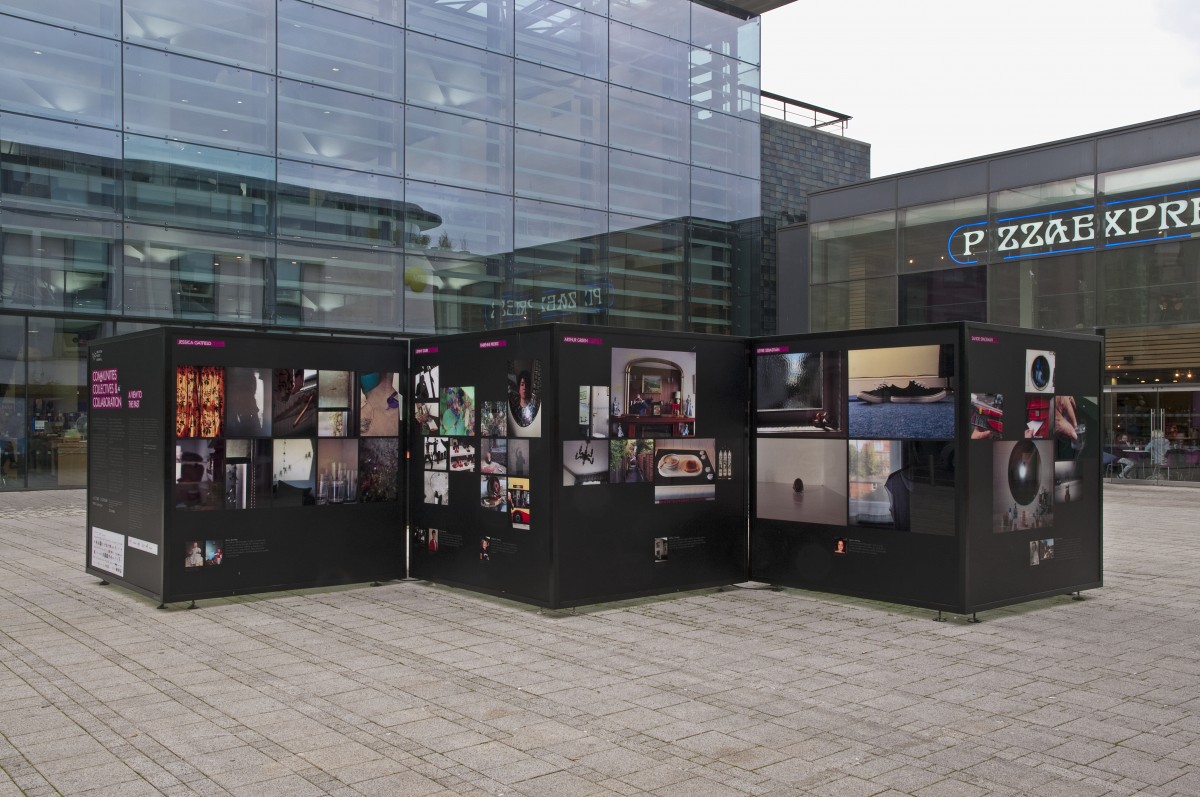On Older People's day, Christiane Monarchi looks at the work of Lydia Goldblatt
A circular mark greets me when I sit down at my desk. It is the place where condensation from my cold drink has soaked the wood, and when it dries there will be a lighter ring to mark its passing, overlapping others left earlier. When I see this ring I am reminded of an image by Lydia Goldblatt, of a circular, wet stain on paper, which was included in Still Here, her monograph published in 2014. This image, First Circle #1, shows a creamy glistening circle, monochrome and minimal, on white background.
First Circle #1, from the series Still Here. © Lydia Goldblatt
Simple in form and palette, this image signifies to me the transcendent beauty present in very quotidian things; in this case, marks made with medicine and bodily fluids on tissue, then photographed in the brightness of the sun. That the fluids were collected in care of her aging father carries much emotional potential, however it is possible simply to take pleasure in the perfection of the circle, a shape symbolic of life, rebirth, infinity. With Goldblatt’s intervention, light shines on the transient beauty of everyday experiences, attuning the senses to possible serendipities.
My ring of condensation holds personal meaning: space and time to myself, thinking time, thoughts put down before the cold drink becomes warm. I would love to share with someone how much this circular stain means to me. This is what Lydia Goldblatt enabled others to do last year, during a workshop in the summer of 2014, when she encouraged young and old participants to make images from their ‘daily journeys’, to share as part of Brighton Photo Biennial, 2014.
The Outdoor exhibition A View to the Past contained images made by an intergenerational group of photographers working with Goldblatt as mentor. Here, one could find Leyre Sebastián sharing photographs of daily life in her domestic space: the translucence of light through a drying t-shirt, colours seen through a mottled glass window echoing those of a pair of kissing rubber ducks – perhaps moments of ‘lightness and being’ one wants to hold and replay when night comes with its fears and darkness.
A View to the Past installation image. Brighton Photo Biennial 2014. © Nigel Green
Of Pam Drew’s photographic journey, we see details that her camera’s zoom has captured: the carved detail of a banister, the graceful curves of perfectly spaced coat-hangers and the surprising sculptural beauty of streetlights. The mesmerising patterns in a shopping trolley captured by Drew stay with me as I consider the lines and angles of my own world.
Without further investigation of accompanying texts, I don’t consider the age of either image-maker and this, for me, underscores one continuing attraction of photography: the power to affect others’ ability to see while communicating details from one’s own corner of the world. Young and old and in-between, age has no bearing on the pleasure brought by holding the perfect shadow on a sunny wall, or counting the rings in raindrops’ random patterns for eternity.
Narcissus #1, from the series Still Here. © Lydia Goldblatt
Much has been written on the photographer’s desire to stop time. Indeed, our own family albums attest to the pleasure we ascribe to this impossible task. Yet they communicate memories to others in ways not possible with words, including time spent with a loved one in his final phase of a lifetime filled with laughter and love, now silent and waiting, for the morning sunrise to chase away the dark.
From Goldblatt’s project another image has embedded itself into my memory, and comes back to me, sometimes at home, or on a late afternoon in the garden. Longing shows a wilted bloom, cradled in a male hand. This composition speaks to me of the last moments of a beautiful life, the tender embrace of a flower that once stood tall, whose soft petals now exude an earthy perfume, observed in the minutes before sunset takes away their orange glow.
Longing, from the series Still Here. © Lydia Goldblatt
After viewing Goldblatt’s works, my senses stay more receptive for a while, and I take in the poetic possibilities of the things around me, and the importance of relishing the present. How wonderful that others have responded to Goldblatt’s work in their own image making, with personal yet universal photographic diaries of everyday mindfulness.
Rain #2, from the series Still Here. © Lydia Goldblatt
Lydia Goldblatt’s Still Here was published by Hatje Cantz in 2014
